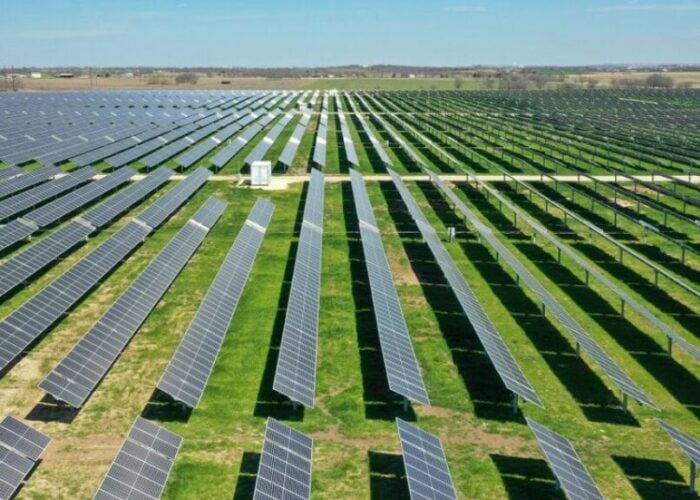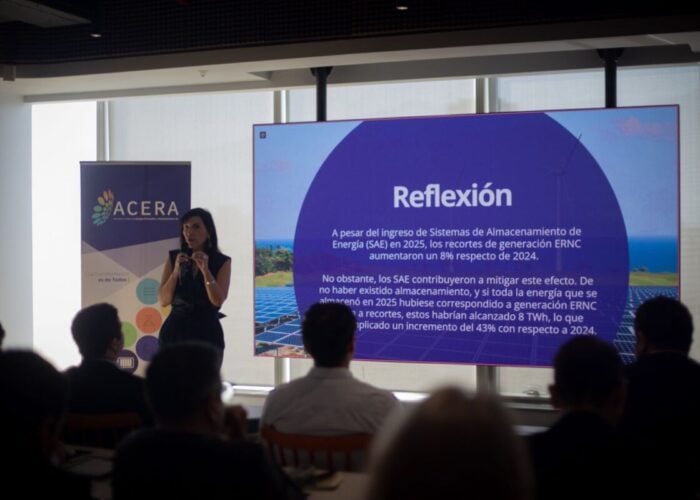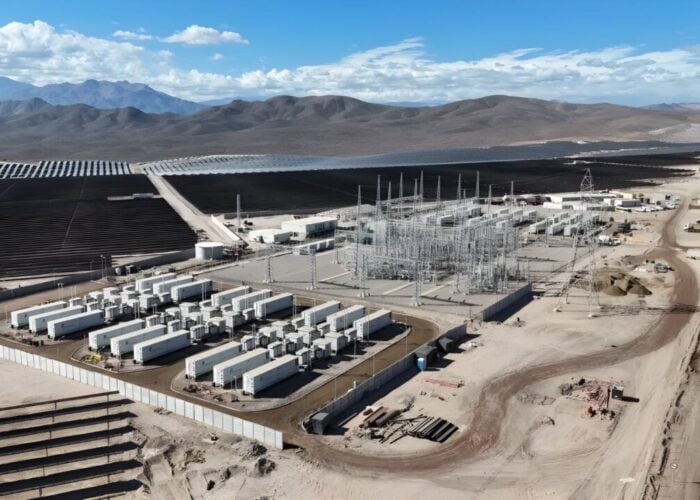Product Briefing Outline: SAFC
Hitech has introduced the ‘EpiVapor’, a metalorganic vapor phase
distribution system for compound semiconductor manufacturing. EpiVapor
is designed to eliminate the need for localized tool bubblers and TCUs
by delivering vapors from highly volatile and sensitive pyrophoric
liquids directly to MOCVD systems.
Problem: Reducing the cost of transporting metalorganic chemicals to the tool plays a significant part in reducing overall COO. In addition, the reliable, flexible and highly controllable dosimetry of organometallic precursors is of paramount importance in production where downtime is prohibitively expensive, especially in volume manufacturing environments.
Try Premium for just $1
- Full premium access for the first month at only $1
- Converts to an annual rate after 30 days unless cancelled
- Cancel anytime during the trial period
Premium Benefits
- Expert industry analysis and interviews
- Digital access to PV Tech Power journal
- Exclusive event discounts
Or get the full Premium subscription right away
Or continue reading this article for free
Solution: EpiVapor provides gas phase delivery of chemical vapors such as trimethylgallium (TMG) and trimethylaluminum (TMA) directly to multiple deposition tools in a safe, reproducible fashion. Flexible enough to connect to up to eight independent tools, the continuous delivery of metalorganic vapors offers a truly uninterrupted solution in the fabrication of semiconductor devices. The EpiVapor’s design ensures precursor flux stability in hydrogen (or other inert gas) carrier gas throughout the life of the ampoule, while adjustable parameters ensure that processes can be run at full capacity without stoppages to change out the tool bubblers. This optimizes process efficiency, reduces operational costs and increases safety, without compromising ultra high performance levels, according to the company.
Applications: Precursor vapor delivery for MOCVD/ALD deposition systems. TMG delivery for MOVPE HBTs and HBLEDs; DEZ and TMG delivery for MOCVD Solar Cells; TMA delivery for ALD high-k Al2O3 for logic, memory, and MEMS devices as well as for other high volatility III-V and silicon semiconductor precursors.
Platform: The EpiVapor system is comprised of an electronic and chemical element. The touch screen displays an array of information including bulk tank liquid levels, valve configurations, fluid and vapor flow paths and system pressure/vacuum, that allows the operation of the unit in both automatic (auto) and manual (service) modes. The chemical section of the EpiVapor system consists of a cabinet which is enhanced for the use of pyrophoric materials with smoke detectors, audible and visual alarms, a watchdog system for automatic operation, optional UV/IR flame detector, 110% containment spill tray, and manifold with fail safe pneumatic valves. The EpiVapor system is both S2-93/98 and S2-0200 certified and is CE marked, meeting all of the relevant European directives.
Availability: June 2008 onwards.






